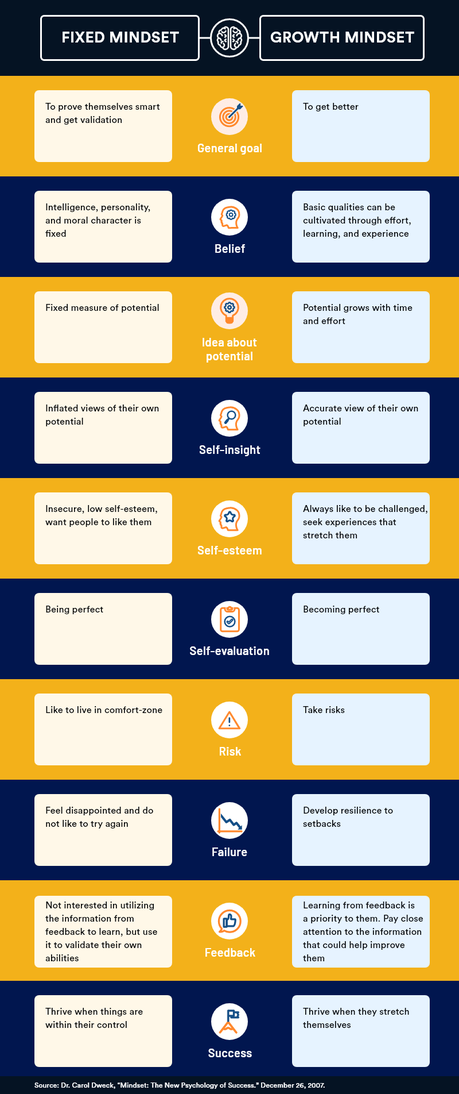“What do you do?” asked President Kennedy to a janitor with a broom during his first visit to NASA headquarters in 1961.
“Well, Mr. President, I’m helping to put a man on the moon,” he replied.
The janitor was working with a purpose; same as that of the astronauts in NASA.
This (apocryphal) incident has been a subject of research on how leadership communication can inspire employees to connect to a higher purpose. After all, it was Kennedy’s vision statement “to put a man on the moon” that united thousands of employees, from astronauts to crew members to work on the common goal of lunar landing.
For instance, “If Kennedy had said, “Let’s aim to be number one in the space race,” would the results have been different? Perhaps so,” pointed out by the Wharton management professor Andrew Carton.
As a leader in the organization, communication as a tool is at your disposal. You can use it to connect your service teams to a higher purpose of the job, which is not to perform checks on systems or make repairs or install replacement parts, but “essential merits of what the organization is trying to achieve” by doing those jobs.
Easier said than done; the fact is everyone thinks differently. That means even if your service technicians have the same educational qualifications, they would respond to a communication in a different way. The response is generally determined by their set of beliefs and assumptions, typically called mindset, which grows out of their experiences, learning and background.
The Two Mindsets: How Does it Affect Your Service Business
According to Dr. Carol S. Dweck, one of the world’s leading researchers in the field of developmental psychology, “people’s ideas about risk and effort grow out of their basic mindset.” She explains that it is not abilities and talent that determine success, but whether one approaches the goals with a fixed mindset or growth mindset.
In her research, she found that people with fixed mindsets “fear challenges” and rejection and “devalue efforts”. A misconception she found in them is that smart people must do the job effortlessly. So they tend to avoid challenges as they may have to put extraordinary effort and still not succeed.
Where a typical maintenance job requires deep considerations into factors such as why the machine is failing, whether it is an easy fix with minimal losses or needs costly replacement with catastrophic consequences, total downtime, and a variety of health and safety complications on every day basis, it becomes extremely stressful for the people with fixed mindset because they would have to “prove themselves over and over.”
Dr. Dweck in her book Mindset, explains that people with fixed mindset believe that human “qualities are carved in stone” and that effort spent in learning and personal development is waste.
An industry that is facing massive disruption from the new technologies like IoT, AI, and mobile computing in every aspect, from development to operations, a thrust for continuous learning and development should be the primary characteristics of service technicians.
Besides, service technicians mostly have to engage in face-to-face interactions with clients. Dealing with customers in difficult situations requires both patience and persistence, which people with a fixed mindset evidently lack.
On the contrary, people with a growth mindset, according to DR. Dweck, thrive on challenges. She says that the “growth mindset is based on the belief that your basic qualities are things you can cultivate through your efforts.” People with a growth mindset believe in efforts and show resilience in the face of setbacks; the characteristics you would want to see in your service technicians.
Fixed Mindset vs. Growth Mindset: Difference in Response
The distinctive competencies and competitive advantages in the MRO sector is usually formed by how efficiently service teams respond to equipment failures.
Such responses require logical analysis of the existing situation, evaluation of past experiences, collaboration with internal teams and customers, and planning, scheduling, and managing repair activities in the shortest possible time. It takes a lot of up-front effort to successfully perform, allocate, and delegate tasks to the right person in the team.
And in cases where team allocation and scheduling is manual, it is unlikely for the people with a fixed mindset to determine the “right person” for the tasks because they are opinionated and biased. Besides, according to Dr. Dweck, those with a fixed mindset are “terrible at estimating their abilities”, as they overestimate their own potential, and do not believe in the fact that people can improve with time.
People with a growth mindset, by contrast, showcase excellent skills in people management and human capital development, which makes them most suitable for managerial and leadership roles.
Below you can see the contrast in traits between growth mindset and fixed mindset people, based on the research of Dr. Carol S. Dweck.

Going a step further, Dr. Dweck leaves the idea that mindset can be changed from fixed to growth. And that human expertise and intelligence could be improved, from linguistic to mathematical, which is also backed by Dr. Howard Gardner, a noted American developmental psychologist and Research Professor at Harvard University, who was among the first to challenge the traditional belief that intelligence is something a man is born with.
As a service leader, you can utilize these facts to drive your human capital development policies, right from hiring service technicians and other teams to their training and development. You being the leader can motivate and inspire them to improve their learning, logically handle complex service situations, and effectively manage people.
Steps to Cultivate Growth Mindset in Service Technicians
One of the strategies that many successful leaders implement and research professors and psychologists like Robert Sternberg emphasize on is “purposeful engagement.” It is how President Kennedy managed to connect to one goal in the organization.
Giving a purpose to improve, learn, and gain new expertise to your service technician is important. A higher purpose is so valuable for the modern workforce that a half of them even agreed to take a 15% pay cut to work, according to a study by Net Impact.
Here an important consideration is that your service technicians would not strive to achieve the purpose of your business, until it is aligned with their own career growth. And that is where the first step to cultivation begins.
1. Realization
Dev Gadhvi, in his book “80% mindset and 20% skill” illustrates with examples that not realizing the self-potential is the biggest impediment to change the course of action. He says that self-realization helps people decide to “do more than what it takes to be successful.” Below are a few introspective questions that may promote self-realization in service technicians:
- What is your ideal version of a service technician?
- How much growth would you like to see in the organization?
- What potential do you have now and what would you like to have in the next five years?
- How would your career be different if training and education were provided to you?
- What action would you take to achieve the “purpose?”
- How would you want your service team to remember you when you leave this organization?
Realization of their own goals, strengths, and weaknesses would help them assess their own potential and connect to the purpose.
2. Transformation
While the cultivation of growth-mindset in service teams starts with self-realization, as a business leader, you need to create a proper environment for your teams to learn and grow. In the process, first off, you need to identify people with fixed mindsets in service teams. You could target people who are biased and opinionated, engage in politics, act as a barrier in getting the job done, and lack regard for the company and its clients.
The tragedy of the process is that you would encounter many geniuses, highly talented technicians, who you may have considered the backbone of the team. It would present a tough choice for you to either get rid of them or change their mindset for the long-term benefit of the company. Afterwards:
- Create an environment of learning and development
- Determine learnable skills essential for the growth of service teams and the business
- Develop a systematic structure for feedback collection and sharing, track the lesson learned from the feedback and improvements in the team, process, and the business
- Build leaders and managers as a source of learning
Keep in mind that “everyone, of whatever age and circumstance, is capable of self-transformation,” according to Warren Bennis.
3. Sustainability
No change is permanent. As a leader, you have to take significant steps to ensure that your teams never divert from the road of transformation due to lack of perseverance with time.
Take support of performance management tools to track and monitor the progress and performance of the service teams. Use digital tools that provide you visibility into the processes, help maintain transparency and accountability in the processes, and allow you to identify gaps and spot anomalies in service technician behavior from time to time.
For sustainable development, it is necessary that these processes do not become obsolete or only lip-service is paid to the cause in the future. You need to create a multi-facet mindset evaluation framework that covers your human capital development strategies, including recruitment, training and development, and performance evaluation, and which is updated regularly.
A Call-to-Action
Mindset change is not about a few people in the service team or certain processes here and there in the organization. It is about setting organizational direction and mobilizing people towards it to propel it on a growth trajectory. It is about looking at your business, your people, and processes from a distant future and asking “is that the organization you want to build?”

